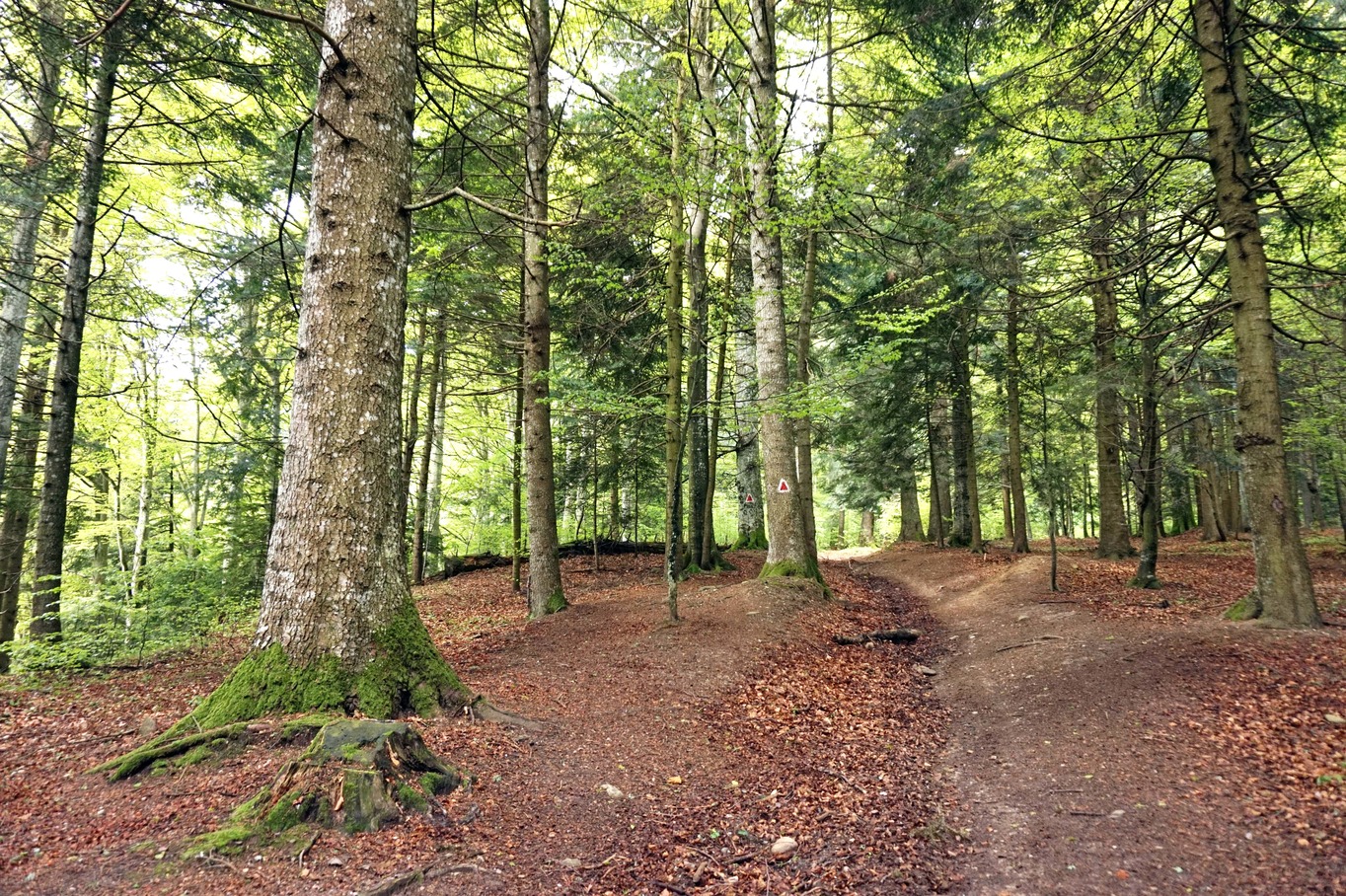
National coordinator
Ecaterina ApostolIlfov, Romania
Quick Info
Letter of Agreement for Phase VII signed on 23 May 2024
Member in 2005-2009 - and since 2024
Letter of Agreement for Phase VII signed on 23 May 2024
Member in 2005-2009 - and since 2024The European Information System on Forest Genetic Resources (EUFGIS) provides geo-referenced and harmonized data on genetic conservation units of forest trees in Europe.
Romania takes part in the Forest Europe process which has promoted several actions to enhance the conservation on forest biodiversity in general and forest genetic resources in particular. Romania is also was member country of EUFORGEN which developed conservation methods for several tree species. A dynamic gene conservation strategy is based on the maintenance of the evolutionary processes within tree population to safeguard their potential for continuous adaptation: in their natural habitats (in situ) or outside their natural range at artificial (planted) sites (ex situ).
A National Register of Forest Genetic Resources was approved by the National Authority responsible for sylvicultural matters in 2008.
There have been 698 gene conservation units established for 45 forest tree species totalizing 12922.8 ha core zone. Each gene conservation unit is surrounded by a 300-500 m wide buffer zone. Most gene conservation units (from 20 to 123) have been constituted by mainly autochthonous species and the least (1-5) for some scattered or exotic introduced species. Other conservation units were established for species vegetating in extreme site conditions (the forest’s superior altitude limit or small “islands” of steppe forests, stands on swampy or sandy soils).
Each gene conservation unit is characterized by a unique identification code and a register sheet which contains all descriptive information: administrative and geographical localization, ownership type, region of provenance, surface, description of stand and site conditions, conservation type (in situ or ex situ). The genetic resources’ GIS database was created using the ArcGIS-ArcInfo 9.2 software platform in the Personal Geo-database format; digital maps have also been realized for the gene conservation units’ distribution on species. Technical guidelines were elaborated for a sustainable management of the forest genetic resources detailing the proposed sylvicultural works for the core zone as well for the buffer zone.
Forest Management Network: Summary of the second meeting

Noble Hardwoods Network: Report of the second meeting

Populus nigra Network: Report of the seventh and eighth meeting

Social Broadleaves Network: Report of the first meeting

Social Broadleaves Network: Report of the third meeting